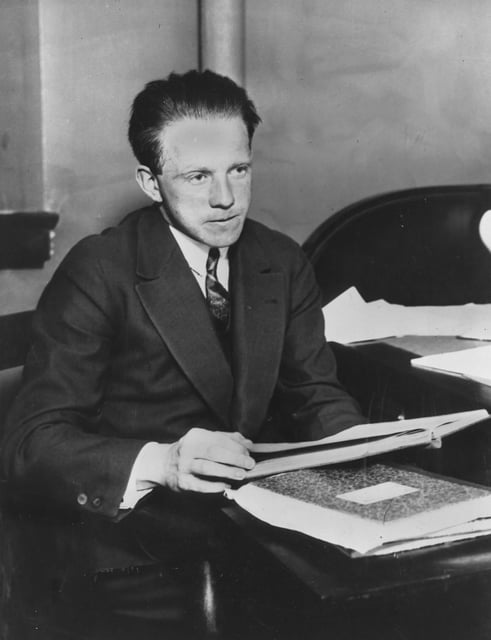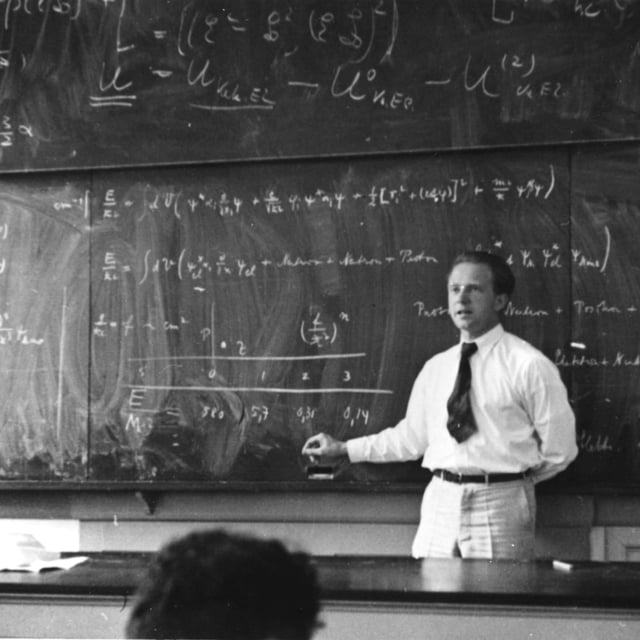Overview
- German outlets this week publish comprehensive retrospectives to commemorate the 100th anniversary of Heisenberg’s foundational 1925 paper
- In June 1925 on Helgoland the 23-year-old physicist devised matrix mechanics by focusing on observable phenomena and introducing matrices in place of classical variables
- Following its July 29, 1925 publication in Göttingen, Heisenberg’s framework was expanded in Göttingen by Born and Jordan, in Cambridge by Dirac and in Zürich by Schrödinger into the foundations of modern quantum theory
- Debates crystallized at the 1927 Solvay Conference where Bohr’s principle of complementarity and Heisenberg’s uncertainty relation shaped the Copenhagen interpretation while Einstein famously disputed quantum indeterminacy
- Quantum mechanics has since become essential to technologies such as lasers and MRI while Heisenberg’s leadership of Germany’s wartime Uranverein and postwar directorship of Max-Planck institutes highlight the ethical complexities of his legacy



